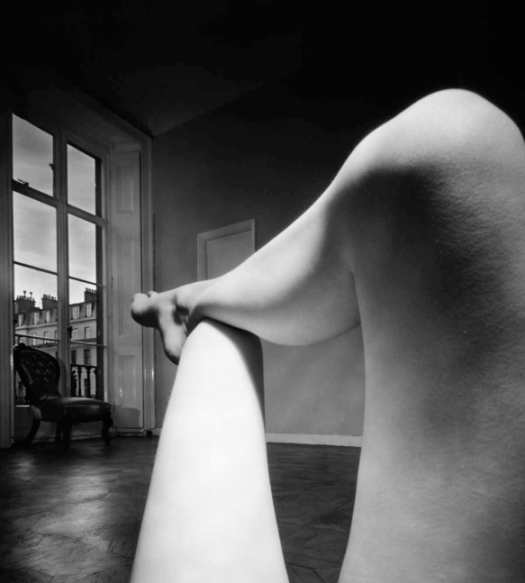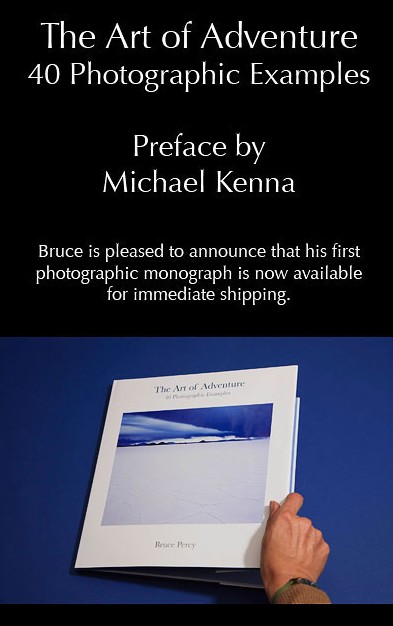I doubt that I am unusual in having an almost continual running conversation with myself. One of the topics of conversation with myself when I travel is is to manage expectations for the photographs that I’ll create. ‘You take you with you wherever you go’, I told myself.
Playing with that phrase over the weekend I came to ‘Wherever you go there you are’, which felt too familiar for me not to have seen it somewhere else. A quick search came up with the most likely place that I’d seen it before – the title of Jon Kabat-Zinn‘s book of the same name that deals with mindfulness. Other sources were fun though, particularly Buckaroo Banzai, a cult film from the ’80’s.
The chapter in Kabat-Zinn’s book that is titled ‘Wherever you go there you are’ the problem that I was coaching myself through is described perfectly. Namely this – we have a tendancy to flee from things, if it’s not good here it will be better there. The problem of course is that many of the things that we’re running from have an uderlying root cause and that is us.
Not being happy with the photographs you’re taking at home doesn’t mean that the photographs you make when you travel to an exotic location will be too much different. They will inevitably have your signature all over them, they will be you, that it if you’re doing anything right at all. For me this means that I won’t suddenly channel Michael Kenna or Michael Levin when I travel to Hokkaido. I may go to the same places and see the same things but the photographs will be different, either dramatically or subtly.
In fact you should be striving to take ‘you’ photographs, those photographs that are a unique expression of how you see the world, and being doing that whether you’re at home or not. I, perhaps we, need to get comfortable with that, own it and milk it for all it’s worth.







